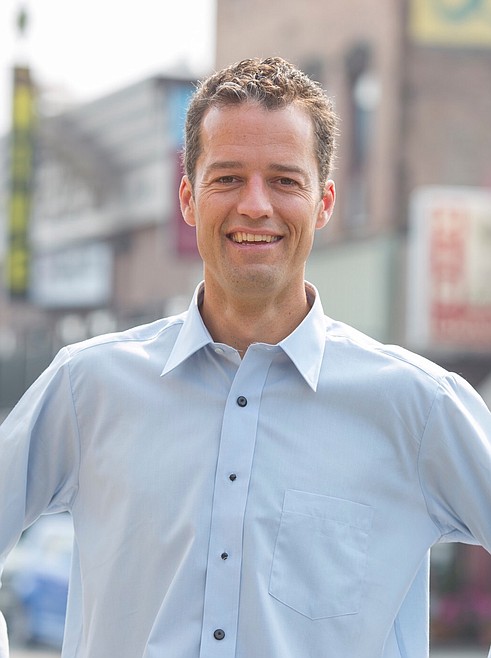The housing problem in Bonner County
Bonner County Daily Bee | UPDATED 3 years, 8 months AGO
As growth continues in Idaho and Bonner County, rising rent and rising real estate prices are making it harder and harder for locals to live here.
The median income for Bonner County households is $50,256 in 2019. However, over 12% of Bonner County households live in poverty. In 2019, the median rent was $853 while the median house price is north of $254,000. In Sandpoint the numbers are considerably higher. Of Bonner County renters, 46% are overburdened with the cost of housing. HUD defines housing as affordable, or not overburdened, if less than 30% of a household’s income is dedicated to rent. In Bonner County, a household making less than $2,843 a month would be considered overburdened when renting an apartment at or above the median rent.
These numbers only tell part of the problem however. Those who can’t find a home or can’t afford to live here are forced to commute from the rural areas of the county, from Priest River, Athol, Coeur d’Alene and even as far as Spokane. The long commute is unpleasant, shortens one’s day, lowers productivity, impacts happiness and quality of life, contributes to climate change and increases the wear and tear on one’s vehicle which adds even more expense.
Lack of workforce housing also makes it much harder for growing businesses to hire when potential employees can’t find housing near their work. This effects local businesses’ ability serve customers, grow, and create more jobs. This cycle effects the livelihood of small business owners, their employees and those of us who depend on their services. Young people in particular are pushed out because they typically aren’t earning enough to afford to live and work here. Retirees also suffer because the services and quality of life they depend on ultimately suffer as the workforce that keeps our culture and economy thriving are pushed out.
If we do nothing, Sandpoint will continue to age and gentrify. If we do nothing, it will one day be mentioned with towns like Sun Valley and Vail, known as a place only for only the wealthy. If we do nothing, Sandpoint will become increasingly unaffordable, inaccessible and without the character and personality that has made this town a great place to live, work, play and raise a family.
So how do we get out of this unhealthy dynamic? How do we make housing more accessible and more affordable? How can we encourage housing that improves our quality of life and our environment? How can we make hiring easier for local business? How can we house our workforce? How can we create more jobs and live closer to where we work?
At its most basic, it is simply supply versus demand. Sandpoint is increasingly a desirable place to live. As we invest in quality of life here, it will become increasingly desirable. There are so few homes available to rent or buy, that the prices can only go up. We don’t want to sacrifice our quality of life, but we want more options and more affordable options for housing. We want housing that serves everyone, not just the wealthy.
I will spend the next several issues of this column attempting to build a shared understanding the local housing problem and provide solutions for how we can best address it. We can solve this problem, but we have to act. Next month, I will start with discussing how planning and zoning can be a powerful tool helping us to build the community we can all live in.
Please join me for the Mayor’s Roundtable to discuss these issues and more this Friday, April 30, at 4 p.m. on Facebook Live: Mayor Shelby Rognstad.
Shelby Rognstad is the mayor of Sandpoint. He can be reached at mayor@sandpointidaho.gov.



